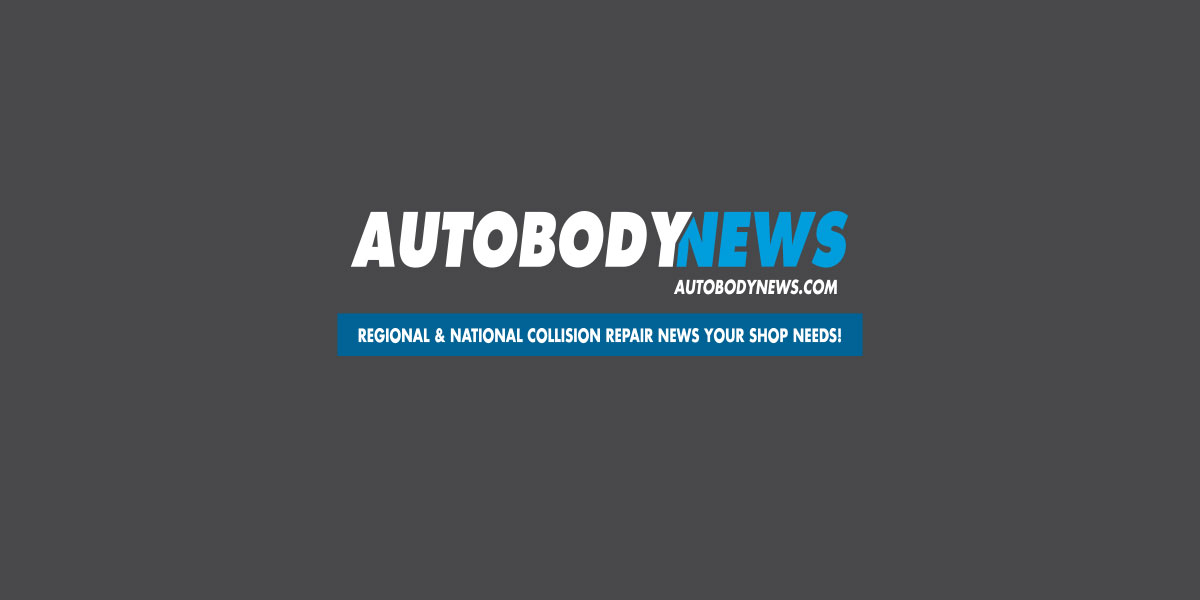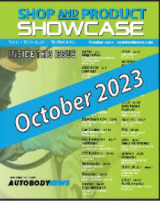With increased pressure for improved quality from both the consumer and insurance partners, systems must be put in place to ensure a higher quality standard.
Complexity of the modern vehicle is radically different than it was even a few short years ago and new considerations for verifying proper electrical and mechanical operations is critical. Both insurance partners and OEM Certification programs are also demanding that users abide by better quality control practices. Insurance company DRP inspectors are quick to “write you up” for discrepancies on the estimates (work bid, not performed) and can have dramatic consequences to your relationship of trust, and your placement on the referral list.
I want to start out by helping redefine what quality control really means. To many, it is simply an inspection done after a vehicle repair is complete to ensure everything looks good before giving the vehicle back to the customer. The problem with this simplistic approach is that because the vehicle is already assembled, it is impossible to inspect hidden repairs and it becomes difficult to re-repair defects. A system that inspects repair quality during the repair process is much more desirable.
qual·i·ty con·trol
noun: quality control
- A system of maintaining standards in manufactured products by testing a sample of the output against the specification.
Based on this definition of quality control there two things I want to point out. First, in order to be successful with any quality assurance program it is imperative that first everyone knows what the quality standard is. The shop must make the time to properly define what is expected as a quality standard if it is to be met. Is the repaired panel straight? Has corrosion protection been applied? What is our standard for finishing out filler work? 80 grit, 180 grit?
Secondly, quality control is not only about the physical qualities of the repair, there are several other factors to meet if we are attempting to maintain the standards. For example, consider inspecting a vehicle for work bid, not performed (WBNP) at certain stages of repair. Check for parts and sublet status. Check also for diagnostic trouble codes at this stage. Addressing these considerations are quality control too.
The 6 Steps
The 6 step program I am sharing with you is used by many of my Elite clients and has proven to be highly effective.
Step 1 Vehicle Check-in
Quality also involves discovering what happened during the accident, what damage is related to the loss and which is prior. Another part of quality involves finding out how to best to communicate with the customer during the repair process and even how you expect to get paid when it’s finished. At this stage you are building quality into the customer experience and gaining valuable information to build quality into the actual repairs.
Step 2 Blueprint
Building a blueprint is where you begin building the quality into the repair itself. Using the information obtained during the check-in process you build your repair plan and then you QC it! Everyone agrees that the blueprint largely dictates how well the repair job will travel through the workflow, so why not make sure it’s right? My favorite way to perform this is by loading the parts cart with the items I am checking off my printed estimate. If you have checked everything off your estimate and there are still items not loaded on the parts cart, what does that tell you? I feel it is also important to mention that with the complexity of today’s vehicles, it is important that most vehicles be scanned for diagnostic trouble codes at this stage even if a lamp is NOT present on the instrument panel.
Step 3 Prior to Paint
Inspect vehicles prior to paint every time. Major expense is incurred by those that have to re-do something after it is already painted. These re-dos must be avoided at all costs. At the step 3 QC point, you will want to look at everything very carefully using a checklist. Again, you are not only inspecting for the physical quality of the repair but for the procedural quality too. This stage is where you make sure that everything on the estimate has been performed and everything performed is on the estimate. This stage is also a great place for the inspector to verify that all the parts needed for paint are on hand and the parts needed for reassembly will be available in time.
Step 4 Prior to Assembly
A quick inspection should always take place to inspect paint quality and color match prior to assembling the vehicle. Verify that everything on the estimate has been painted as planned. For example, ask was the radiator support repair fully painted like it was estimated, or did the painter just touch it up? This is usually a very quick inspection, but a very necessary one.
Step 5 Prior to detail
After a vehicle is assembled and prior to getting the detailing done, it is important to take the vehicle on a test drive, re-check for diagnostic trouble codes (DTCs) and then perform a comprehensive quality control inspection using a checklist. A growing concern in the industry is the number of trouble codes being discovered after repair completion caused by trim panels and other components being removed while the vehicle is being driven from department to department. Many of these trouble codes do not trigger an indicator lamp on the dash and can only be discovered by using a scan tool. This is the QC step where you will want to also recheck all of the electrical and mechanical components, panel fit and operation, fluid levels, and so on. Make sure that all promises made to the customer have been completed. Once everything checks out, it is time to get the car cleaned up.
Step 6 Final QC
Final QC is usually performed by the person that was handling the customer file and will be going over the repairs with the customer during delivery. It is simply a quick re-check using a checklist and verifying everything was done as promised and the car is cleaned properly and ready to go. Also some shops may consider file management, final bills, etc. as part of the final QC too.
If would like a free copy of the QC inspection sheet used by Dave’s Elite shops, contact him at david.luehr@elitebodyshopsolutions.com









